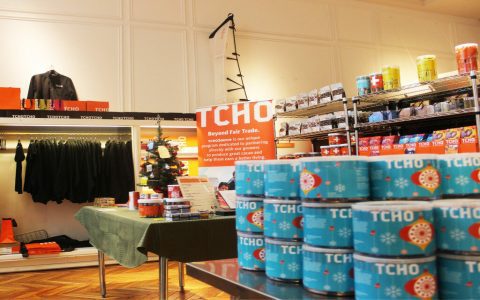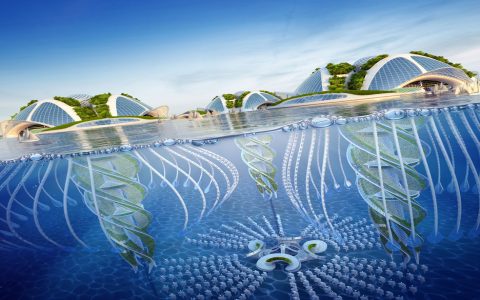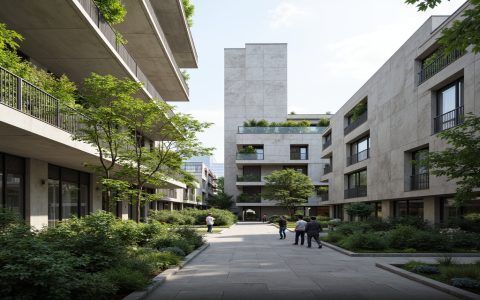Understanding Pop-Up Retail Design
Pop-up retail design focuses on creating temporary, impactful, and highly engaging physical retail experiences. Its core purpose is to generate buzz, test new markets or products, connect with customers in novel ways, and drive sales within a limited timeframe. Effective design is paramount to achieving these goals quickly and efficiently.
Key Design Strategies for Success
- Brand Storytelling & Immersion: The design must instantly communicate the brand's essence. Every element, from color palette to material choice, should reinforce the brand narrative and create an immersive environment.
- Modularity & Flexibility: Structures need to be easy to assemble, disassemble, transport, and adapt. This ensures cost-effectiveness and operational efficiency for temporary installations.
- Customer Experience & Engagement: Prioritize a seamless and memorable customer journey. Incorporate interactive elements, unique product displays, and potential photo opportunities to significantly enhance engagement.
- Strategic Location Integration: The design must leverage its environment. Consider foot traffic, visibility, and how the pop-up will either complement or stand out from its surroundings.
- Visual Merchandising & Product Focus: Compelling product presentation is crucial. Utilize creative shelving, focused lighting, and innovative display techniques to highlight items and encourage interaction.
- Materiality & Sustainability: Material choices impact aesthetics, budget, durability, and brand perception. Opt for materials that are practical, align with the brand image, and consider reusability or recyclability.
- Lighting & Ambiance: Strategic lighting is essential for setting the mood, accentuating products, and guiding customer flow. It's a powerful tool for creating the desired atmosphere.
- Technology Integration: When purposeful, digital screens, AR experiences, or interactive kiosks can enhance engagement and data collection, but should not overshadow the core physical experience.
Maximizing Impact and Measuring ROI
Successful pop-up design is intrinsically linked to achieving specific business objectives beyond mere aesthetics.
- Clear Objectives: Define measurable goals upfront – whether brand awareness, lead generation, product testing, direct sales, or market entry. The design must directly support these aims.
- Experiential Focus: Engineer unique, shareable moments. These create lasting impressions and organic social media amplification, extending the pop-up's reach.
- Operational Efficiency: Design for streamlined setup, daily operations (staffing, inventory), and teardown. Logistical planning is integral to a successful physical activation.
- Data Capture & Analysis: Implement mechanisms to gather customer feedback, track visitor numbers, and measure engagement levels. This data is vital for evaluating ROI and refining future strategies.







